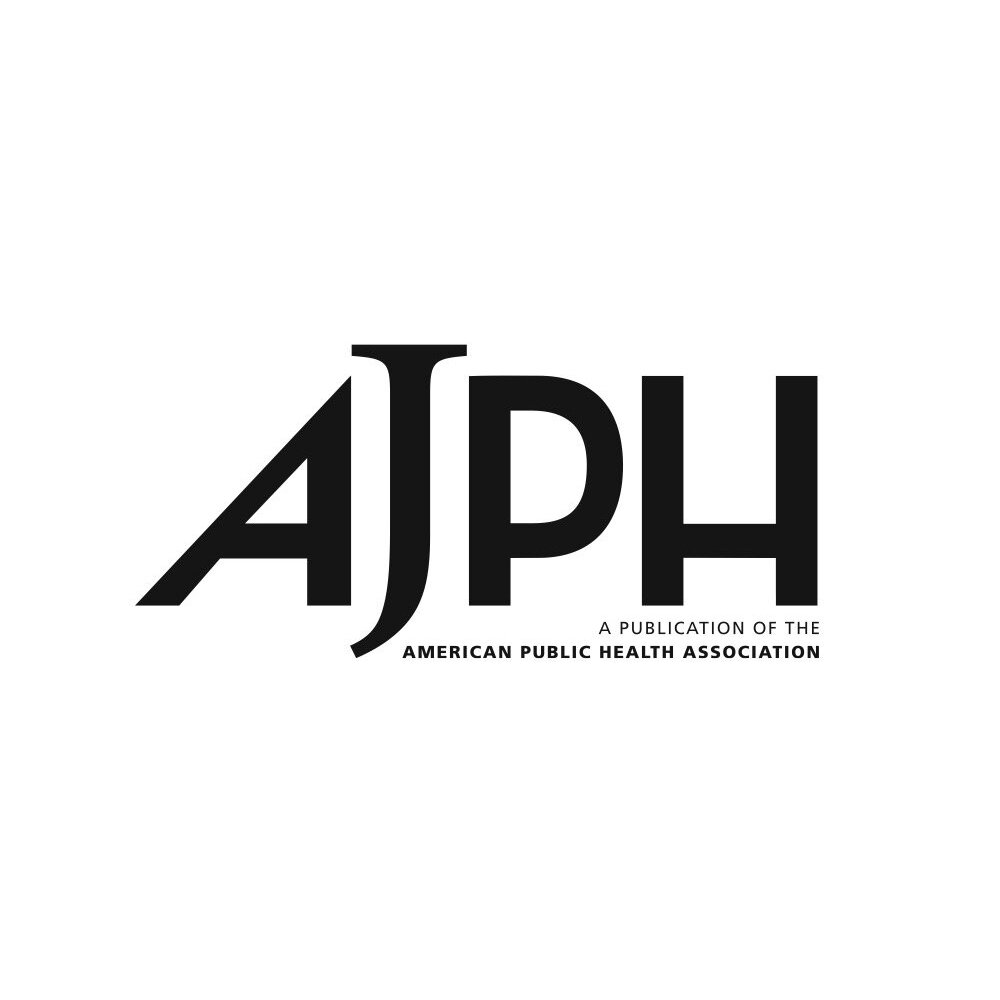Objectives. To estimate if Washington State’s paid sick leave law increased access to paid sick leave, reduced employees’ working while sick, and relieved care burdens.
Methods. I drew on new data from 12 772 service workers collected before and after the law took effect in January 2018 in Washington State and over the same time period in comparison states that did not have paid sick leave requirements. I used difference-in-difference models to estimate the effects of the law.
Results. The law expanded workers’ access to paid sick leave by 28 percentage points (P < .001). The law reduced the share of workers who reported working while sick by 8 percentage points (P < .05). Finally, there was little evidence that the law served to reduce work–life conflict for Washington workers.
Conclusions. Mandated paid sick leave increased access to paid sick leave benefits and led to reductions in employees’ working while sick. However, covered workers did not experience reductions in work–life conflict in the period immediately following passage.
Daniel Schneider. “Paid sick leave in Washington state: Evidence on employee outcomes, 2016–2018,” American Journal of Public Health 110, no. 4 (March 2020): 499-504.
